
The pyloric sphincter is a muscle which connects the stomach with small intestine. When this muscle becomes abnormally large, the food cannot enter the small intestine and patients vomit, dehydrate and experience weight loss. This condition is known as pyloric stenosis and it mostly affects babies. Apart from vomiting and dehydration, these kids seem to be always hungry.
Pyloric stenosis can be corrected with a surgical procedure performed in order to avoid possible complications.
As a parent, you can recognize symptoms and signs in your child if you are paying attention. Watch for projectile vomiting of your child, which occurs within half an hour after the meal. In some cases, babies may also vomit some blood. Constantly hungry babies may also have pyloric stenosis, especially if they want to eat soon after they have vomited. Changes in bowel movements (constipation), stomach contractions and weight loss may also indicate pyloric stenosis. Another sign of this condition is dehydration, seen as crying without tears or lethargy.
The condition is serious and if you notice any of these symptoms, you should consult your baby’s doctor and ask him/her to check the baby.
How to Prevent Pyloric Stenosis?
This condition cannot be prevented. Patients who know about a family history of this medical condition should pay close attention to their child and watch for any of symptoms. If these symptoms and signs appear, parents should contact their child’s doctor immediately. Prompt treatment will ensure that your child suffers no long term effects. Make sure to look for medical assistance as soon as possible to enable proper and timely treatment for your child.Pyloric Stenosis Treatment
Surgical procedure called pyloromyotomy is common treatment for pyloric stenosis. Most little patients are operated on the same day they are diagnosed with this condition, or several days after, if there is dehydration or electrolyte imbalance to be sorted out first.
This procedure requires general anesthesia and it is usually done laparoscopically, leaving only small incision marks on the body. This way, patients are able to recover more quickly than after traditional surgery. After the surgery, babies might need some intravenous fluids usually for several hours or until they are able to eat properly again. In rare occasions there is some vomiting after the surgery, but even this problem resolves after several days.
Surgery might get complicated because of some infections or bleeding. However, this surgery is not a contributing risk factor for any future problems with the stomach or intestinal tract.
- www.cdc.gov/std/treatment/drugnotices/eryth.htm
- www.cdc.gov/mmwr/preview/mmwrhtml/mm4849a1.htm
- Photo courtesy of Patrick Jayne and Thomas by Wikimedia Commons: commons.wikimedia.org/wiki/File:Baby_-_by_Patrick_Jayne_and_Thomas.jpg




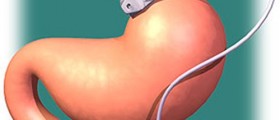






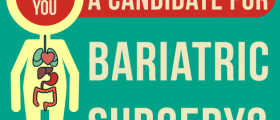
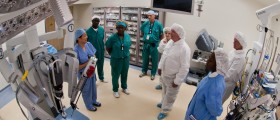

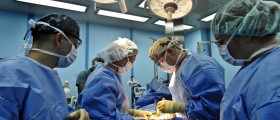

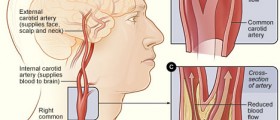
Your thoughts on this
Loading...